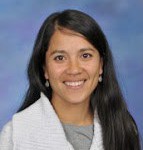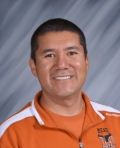University of Colorado Distinguished Professor Marjorie McIntosh – Our Inspiration and our Perspiration
It was Dr. McIntosh’s initial unsuccessful attempt to find material about local Latino history that led to the formation of the community group dedicated to telling the tales. The subsequent collection of primary source materials is priceless. Her tireless efforts and resourcefulness enabled a hundred people to make contributions to this community effort. Her book on Local Latino History is sure to have an honored spot on library, school, and family bookshelves and on computer bookmarks. She has made visible the local Latino story.
The Latino Community
100’s of hours of volunteer efforts at collecting, cataloging and sharing personal family photos, videos, interviews, news clippings and maps have resulted in a treasure trove of resources. Their personal contributions have resulted in the Latino story now being told. These primary source materials are at the heart of any history. No longer will Latino history be absent from the annals of Boulder County History.
The Teachers
For two years teachers from Boulder Valley and St. Vrain School Districts have worked to fashion the primary source materials into lessons for classrooms k-12. Their dedication to reaching the hearts and minds of all students cannot be measured. Teachers for years to come will continue to benefit from and build on their efforts. We are proud to share those efforts on this site.
Our work was made possible through the generous funding of our local schools:
 University of Colorado:
University of Colorado:
- Outreach Programs
- School of Education, University of Colorado
- Bueno Center, University of Colorado
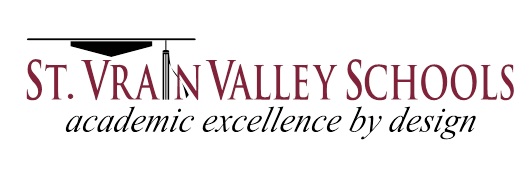

Directors:
Kent Willmann
Willmann
Co-Director
Instructor – University of Colorado
H
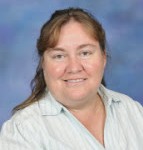 Carlota Loya-Hernandez
Carlota Loya-Hernandez
Assistant Director
Teacher – Columbine Elementary School
H
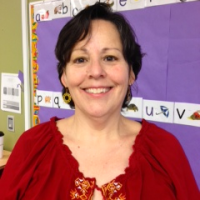 Flora Sanchez
Flora Sanchez
Assistant Director
Induction Mentor & Clinical Professor, PIE,
Boulder Valley School District
H
Historian:
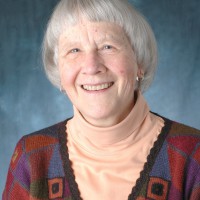 Marjorie McIntosh
Marjorie McIntosh
Distinguished Professor – University of Colorado
Philosophy, Vision and Strategy
The Teacher Workshop and Resource Gallery are designed around these successful education principles.
- Engaged Learners: Students learn history best when it connects with their lives and they are engaged learners. Incorporating Latino History into district classrooms does just that.
- Master Teachers: Our highly recommended participating teachers included many award winners, National Board Certified and district leaders. Our support team included master teachers, curriculum experts and educational interns.
- Collaboration: Teachers need time, collegial interactions, and curricular support to write lesson incorporating new material (Latino History) and pedagogical techniques (Primary Sources).
Standards: Participants connected their lessons with Colorado Standards, District Curriculum, Teaching Tolerance Anti-Bias Framework and WIDA English Language Development Standards.
- Learning History: Teachers can’t teach what they don’t know. The workshop and resource galley include significant historical training with CU Distinguished Professor Marjorie McIntosh.
- Primary Sources: The rich treasure trove of primary sources available are well suited for current teaching demands that require students to learn from primary sources. The Library of Congress teacher materials served as our model.
- Teaching Techniques: Learning from primary sources and history requires engaging techniques that were modeled in the workshop and teachers incorporated into their lessons. Again, the Library of Congress teacher materials served as our model.
- Challenging Issues: Issues of ethnicity, race, and discrimination present challenges for classroom teachers. We share resources and techniques designed to provide safe and supportive classrooms for exploring these often personal and divisive issues.

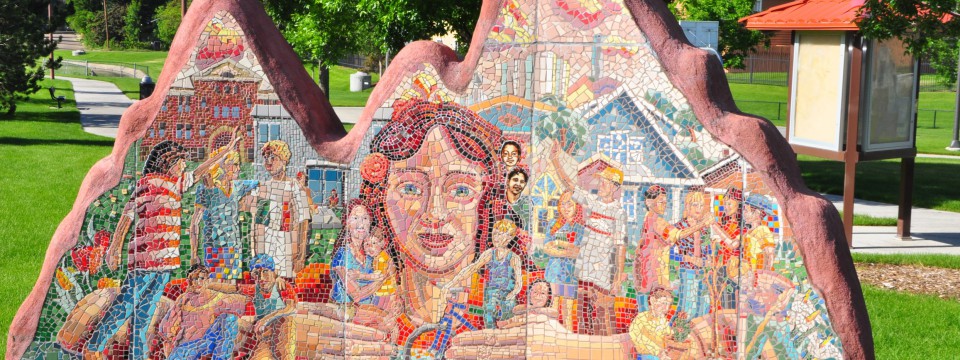
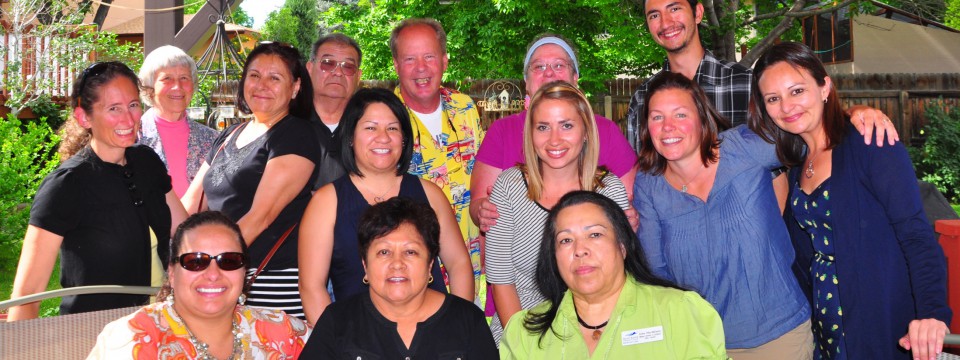
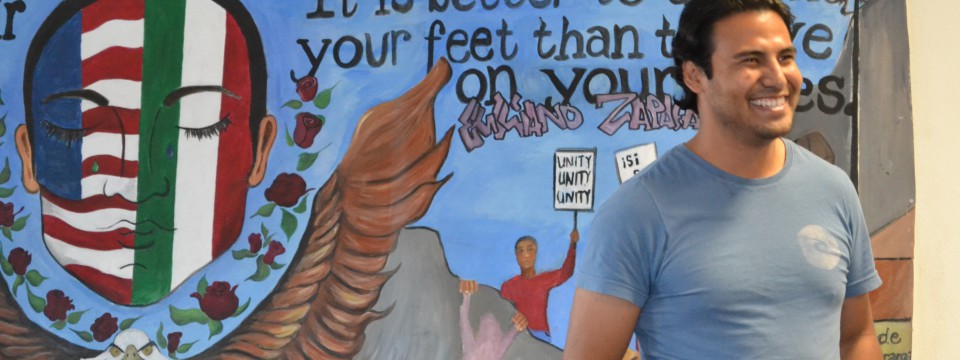
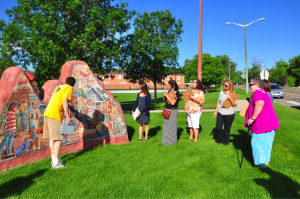



 Willmann
Willmann


